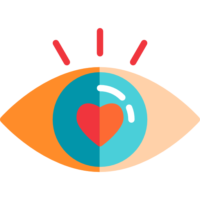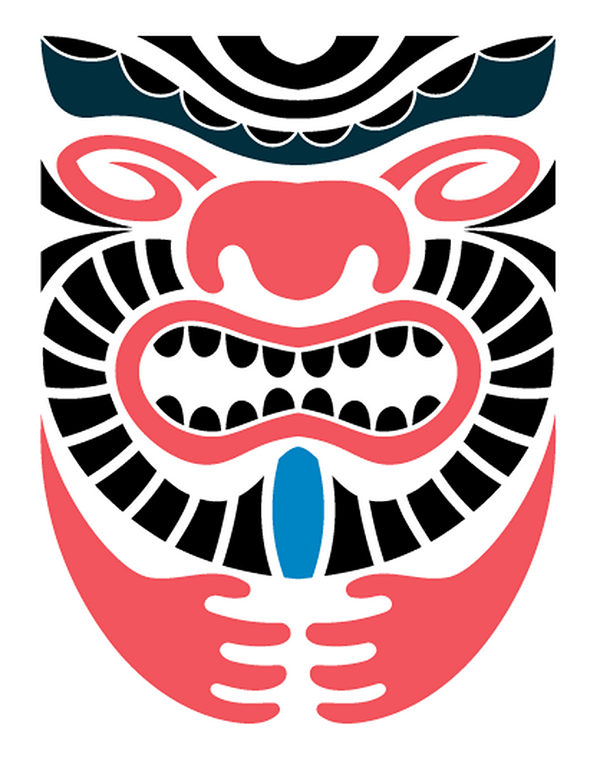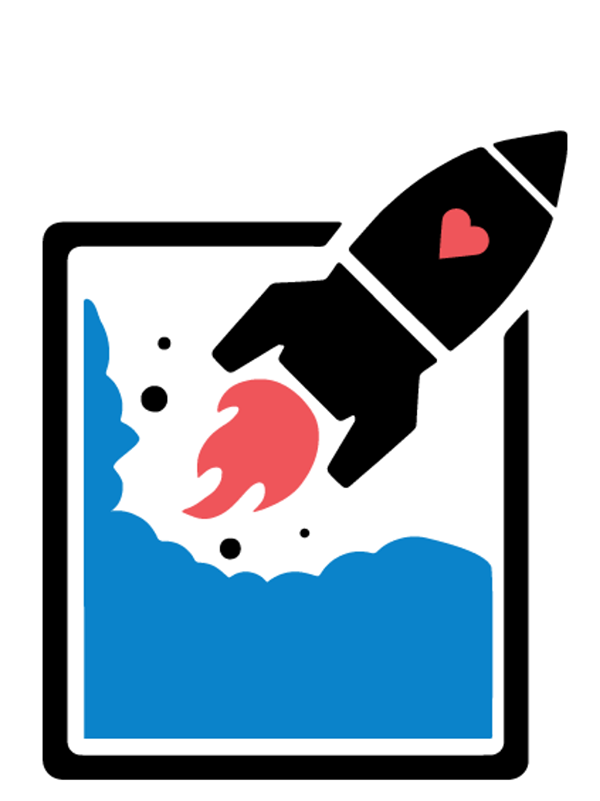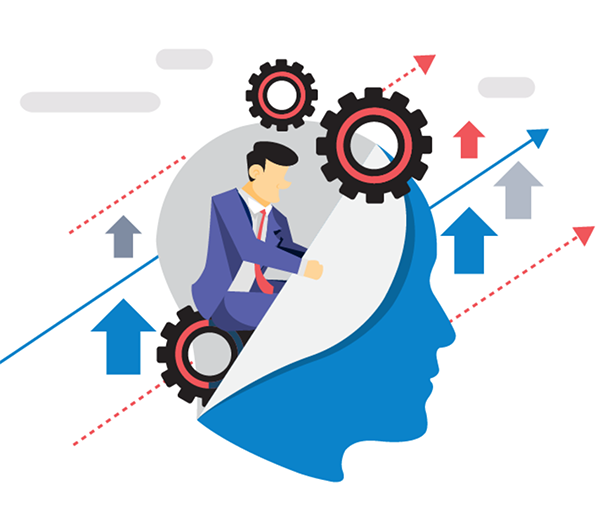How do we best use of technology & retain our humanity?
How do we heal toxic culture?
How do we transform our business model to become a business of the future?
How do we ensure ongoing relevance with our customers?
How do we ensure ongoing relevance with our customers?







